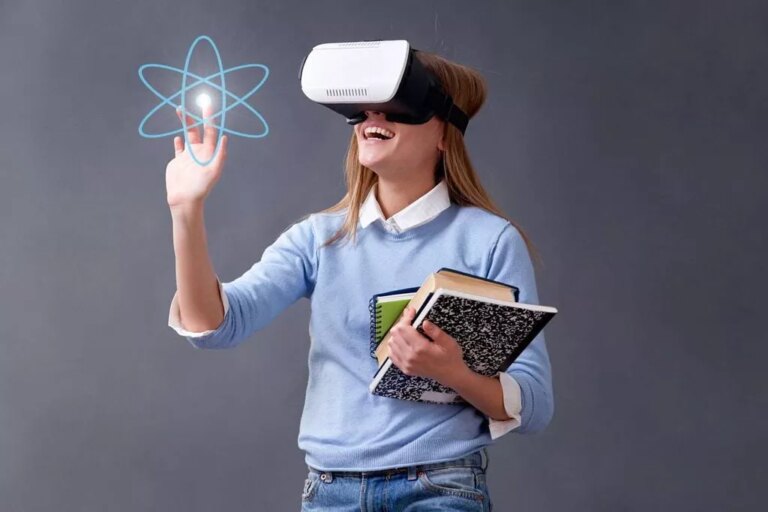Not to forget the numerous systems integrators and consultants delivering an extensive range of services. You can run PostgreSQL as a version that you install and manage yourself, or you can opt for a database as a service option on the major cloud providers. Each implementation performs how the provider behind it intends it to. If you want PostgreSQL support, you need to utilize a cloud version or try third parties providing specialist services. Growing databases are supported by an ecosystem made up of many services, partners, integrations, and other relevant products.
- The BSON is translated to JSON to be read when you open your collection.
- Alongside its key features, we’ll look at 5 major differences between the two.
- PostgreSQL uses the relational database model that depends on storing data within tables and utilizing the structured query language (SQL) for database access.
- Furthermore, you can also update related data in a single atomic write operation while applications issue fewer queries to complete common operations.
- That’s our quick summary — now let’s take a deeper look at each database in turn before we reach our detailed comparison.
- MongoDB automatically triggers a failover that elects a new primary node if a primary node becomes unavailable.
Postgres or Postgre SQL is an Object-Relational Database Management System(ORDBMS). It is an open-source and free database system that can use and extend the SQL language with other features. Initially, it was famous as Postgres, which refers to the Ingres database developed as a project at the University of California, Berkeley. MongoDB is also capable of concurrent data processing as it can serve multiple requests on multiple servers simultaneously.
PostgreSQL vs. MongoDB terminology and concepts
It uses both dynamic and static schemas and allows you to use it for relational data and normalized form storage. One disadvantage of PostgreSQL when compared to MongoDB is its reliance on relational data models that are unfriendly to data structures that developers use in code. They have mongodb vs postgresql for big data to be defined in advance, which can delay progress as requirements fluctuate. Essentially, it’s simpler for document databases to implement transactions as they keep data clustered in a document, and no multi-document transaction is required as document reading is an atomic process.

In order to achieve high performance, the system partitions time consuming spatial query components into smaller tasks and process them in parallel while preserving the correct query semantics. The main considerations for data partitioning is to avoid high density partitioned tasks and to handle properly boundary intersecting objects. Hadoop-GIS takes advantage of spatial access methods for query processing and provides a real time spatial query engine (RESQUE) which supports an in-memory indexing on demand approach.
MongoDB Overview: Getting Started with MongoDB
It’s usually a SQL-based database such as PostgreSQL or MySQL and meets the ACID requirement. We call it “relational” because the values in a table and tables themselves are related, making it possible to run queries across many tables at the same time. This question may be a bit obvious, but understanding why we need databases helps when it comes to choosing a database structure for your stack.

Another benchmark for spatial database evaluation is presented in [12]. Although a number of other benchmarks limited to a specific database or application, Jackpine presents one important feature, portability in terms that can support any database (JDBC driver implementation). It supports micro benchmarking that is a number of spatial queries, analysis and loading functions with spatial relationships and macro benchmarking with queries which address real world problems. A term coined for database systems (i.e. VoltDB and MemSQL) that combines the best aspects of relational databases (ACID) with the efficiency and horizontal scalability of NoSQL databases. PostgreSQL can handle complex joins, outline relationships, and rapidly query data. As it’s structured, it can process large volumes of data and rapidly provide insight and advanced analytics.
Hire expert developers for your next project
From a programmer’s point of view, MongoDB transactions resemble those that developers will be familiar with from PostgreSQL. MongoDB transactions are multi-statement, featuring syntax that’s similar (for example, “starttransaction” and “committransaction”), and with snapshot isolation. As you can see from the above MongoDB vs PostgreSQL comparison, both databases have lots to recommend them. This post isn’t about picking one or either apart — our aim is to help you get a firm grasp of each database’s character and understand which use cases both databases serve best.

PostgreSQL supports extensibility in several ways, including stored functions and procedures. It also allows you to create a cloud database in minutes using the Atlas CLI, UI, or an infrastructure-as-a-service (IaaS) resource provider. When starting a new project, one of the things developers can struggle with is choosing a stack. Zeroing in on the right technology to solve a problem can be a nerve-wracking experience.
How to retain databases during Plesk migration when both servers share same remote database server?
Data can be represented by documents easily if it aligns with objects in application code. MongoDB is a fantastic fit throughout development and production — particularly if you need to scale. MongoDB makes data a lot like code, from an individual developer point of view. A developer could define a BSON or JSON document’s structure, undertake some development work on it, see how they get on with it, introduce new fields whenever they like, and rework data as required.
They are responsible for converting unstructured and semi-structured data into a format that analytics tools can use. Because of these distinctive requirements, NoSQL (non-relational) databases, such as MongoDB, are a powerful choice for storing big data. This flexibility of document-based MongoDB helps database developers to collect and store data from diverse sources. It also helps to work with changing requirements that need to be reflected in the stored document data and is a norm in software applications today. In today’s digital era, data management has become a crucial aspect of businesses.
MongoDB vs PostgreSQL: 15 Critical Differences
On the other hand Q8ii returns the average speed for different amount of vessels and timestamps inside three different geographical polygons. PostgreSQL outperforms MongoDB while bigger fluctuations are presented as the sample grows. The set of queries Q7 and Q8 is not performed for all the values of vessels and timestamps. We excluded the sample 1000 because the response time was significant high. The reason for this behavior is that the query itself is really complex.

Imagine the amount of data each of the 4.66 billion active internet users worldwide produces daily! More often than not, that data is analyzed by businesses to better understand their users and present them with customized content. If you want a robust access control system with SQL feature-rich support, secure transaction process, and remarkable analytical capabilities, go for PostgreSQL.
When to use MongoDB vs. PostgreSQL
It has a strong open-source community with lots of PostgreSQL support libraries, tools, extensions, and general support available. MongoDB organizes each document into collections, with each having a unique ObjectId, which you use to identify a document. To sum up, so far, we’ve covered the basic details of PostgreSQL and MongoDB alike.






